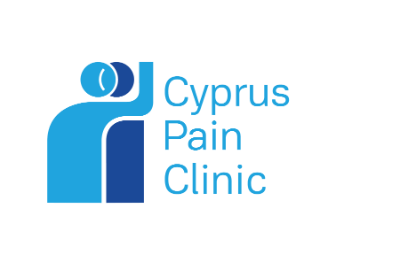Etymologically, lumbalgia, the medical term for low back pain, comes from the words lumbar (waist) and algos (pain). It is incorrectly regarded as a condition and frequently used as such, despite the fact that, according to science, any pain in the lumbar spine is a symptom, regardless of its cause. Studies have shown that the symptom of low back pain occurs frequently and universally, with estimates demonstrating that 65%-80% of all general population will experience at least one episode of low back pain in their lives.
Low back pain
As with many other complaints, back pain has a variety of causes that vary from patient to patient. However, low back injury, chronic or acute strain of muscles and ligaments that support the spine or disc disease (herniated intervertebral disc) are considered the most common symptoms. In about 10% of cases, back pain can also result from a number of other conditions, including spondyloarthritis, osteoporosis, psychological disorders, etc.
Causes
Factors
The incidence of low back pain is favored by a number of known individual factors in addition to its causes. As anyone can understand, a sedentary lifestyle, lack of exercise, excess body weight, and poor posture may well contribute to low back problems. Hence, avoiding the above harmful habits, which characterize a 21st-century individual, greatly reduces the chances of low back pain.
The symptom might also emerge as a result of other incidental events. Low back pain, for instance, can strike instantly after a sudden movement or as a result of moving a weight improperly, which will injure the lower back. It can also develop gradually, starting out as a little ache that gets worse over time when the person stands or sits still for an extended period of time.
Low back pain can be divided into three categories according to its duration:
• Acute low back pain lasting less than 6 weeks
• Subacute back pain lasting from 6 to 12 weeks
• Chronic low back pain lasting more than 12 weeks
Intense pain is always felt around the waist; however, it may occasionally radiate to the lower limbs and be accompanied by numbness.
Diagnosis
Correct, prompt, and effective diagnosis is delivered after a thorough physical examination of the patient. Plain x-rays of the lumbar spine should also be performed. In most cases, doctors recommend and request an additional CT scan or MRI. Rarely, and depending on the level of discomfort, scintigraphy, lower limb electromyography, complete blood count, and biochemistry may be also ordered.


